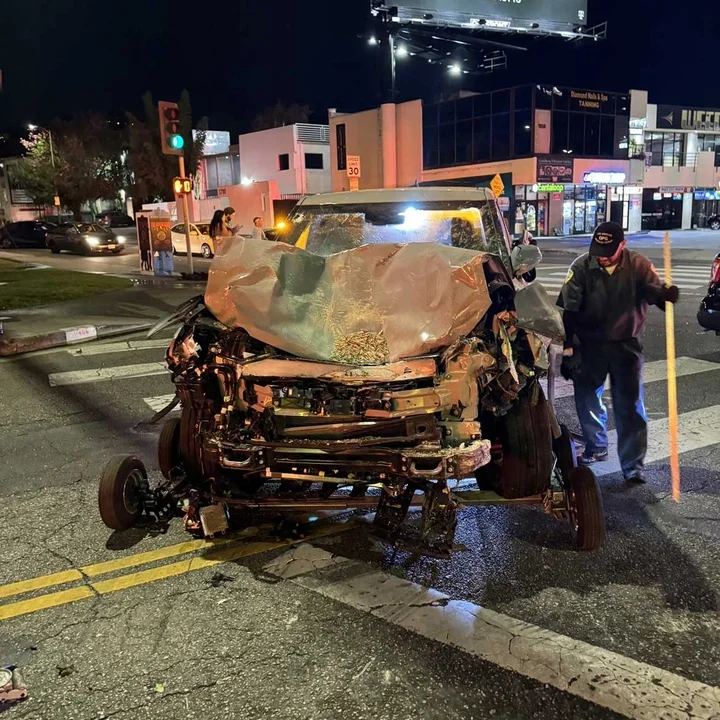Not quite ...
Yes, a normal level 2 (AC, overnight) charger could demand 7.2 kW ... WHEN IT IS CHARGING. And it is not charging all the time, not even close!
If I drive 60-70 km in a day (and that's in the vicinity of the population average) then that charger would need to operate for around 1.5 hours. (Mine is set for a lower amperage than that and would run for a little longer)
It is normal (and mine is like this) to set them up to charge the car overnight, when system electrical demand is low. 95+% of my EV charging is in the wee hours of the morning, while most people are sleeping.
Here's an interesting website:
Power Data
Ontario has around 27,000 MW of capacity. It can get up there during hot afternoons in the summer.
Daily peaks now are around 20,000 MW, overnight dips right now are to around 15,000 MW, and it's in that vicinity from around midnight to 6 AM.
Just the differences between the daily peaks and dips are around 5,000 MW, = 5,000,000 kW, and that's enough for 700,000 7.2kW EV chargers running simultaneously (but on average, they would only be running 1.5-ish hours give or take). We don't even have to think about "smart charging" until there's the better part of a million EVs on the roads. Right now, my EV charger dumbly starts charging at whatever time it needs to in order to be done by 6:45 AM. "Smart" chargers have the capability to co-ordinate with the grid to schedule charging when available. If enough "smart" chargers were in place to distribute all of the EV charging overnight, just by making use of the power available between the peaks and the dips in demand in the 6 overnight hours, there's enough generating capacity for 3 million EV chargers. And we haven't even talked about the peak generation capacity of around 27,000 MW.
Bear in mind also that this STILL isn't right, because the electricity that is effectively "contained" in a litre of petroleum fuel, which was used in the process of pumping, refining, and transporting that fuel, is enough to account for somewhere around half the distance that the same amount of electricity would operate an EV. So, every litre of fuel saved by using an EV instead of a petrol vehicle saves about half the electricity needed to drive that EV ... which means, we only need to "find", the other half. Granted, that usage won't necessarily coincide with the daily demand profile, but we also haven't accounted for the portion of EV charging that is done during the day.
YES, there is work to be done in order to distribute the electricity to where it is needed and where it isn't available now. But, the sky is not falling.

apple.news

















